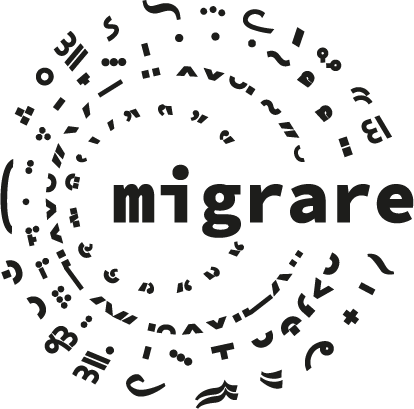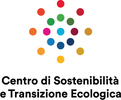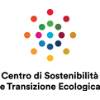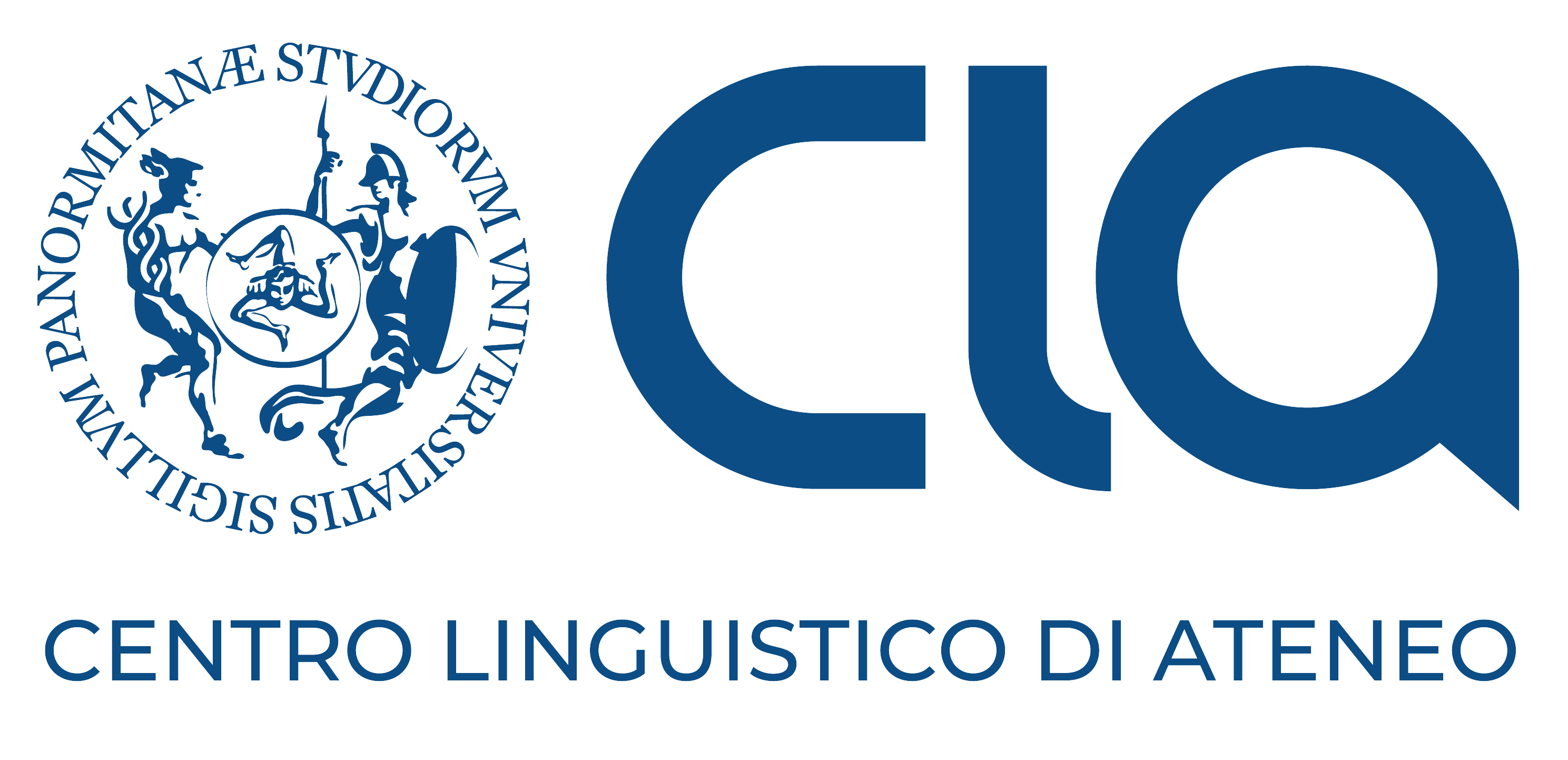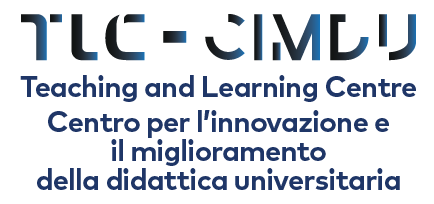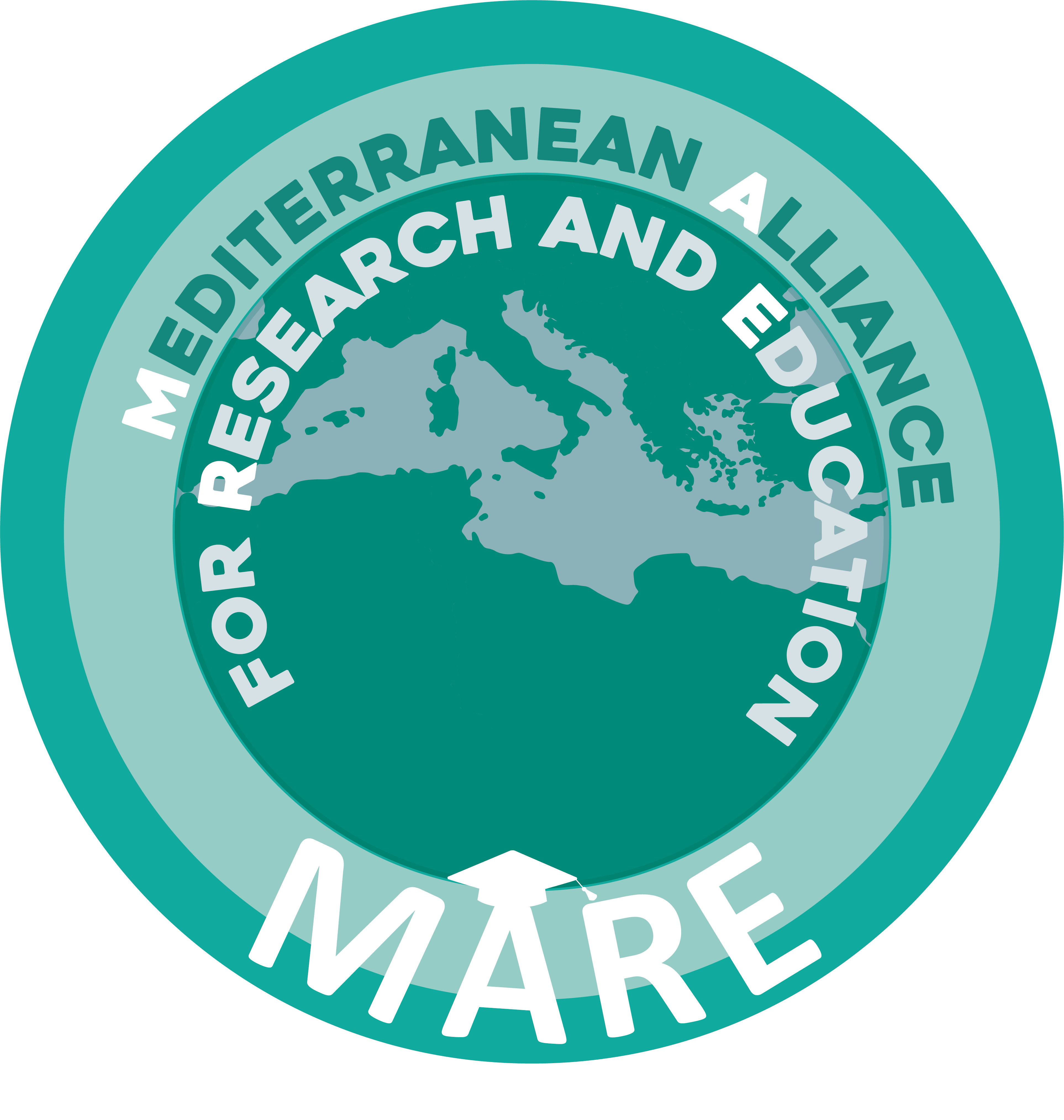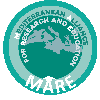Remote Sensing Laboratory MEDILAB
Ascolta
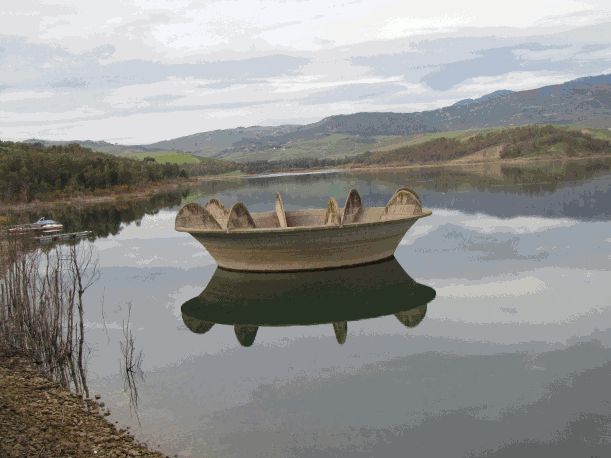
The research activities of the MEDILAB can be described in the following way:
- Modelling and monitoring of hydrologic variables by means of remote sensing data, with a special attention to the spatial and temporal evolution of evapotranspiration and surface soil moisture. Specific algorithms have been developed for the application of the surface energy balance in case of sparse vegetation, for the application of thermal inertia techniques to assess the surface soil moisture;
- Precision irrigation and precision farming applications by means of remote sensing data and in situ agro-meteo data acquisition;
- Analysis of mass and energy exchange in the Soil Plant Atmosphere system by means of eddy correlation towers;
- Land-Vegetation dynamic related to land degradation and desertification phenomena. Specific vegetation indices have been set up to take into account the various vegetation cover (sparse vegetation) within the Sicilian territory.
- Monitoring submerged vegetation in shallow water by means of remotely sensed data (hyperspectral, multispectral). Several algorithms have been developed to retrieve from the images itself the information needed to remove influence of the water column on the radiometric signal. These techniques have been applied to monitor the Posidonia oceanica coverage along the Sicilian coasts.
- Marine and coastal waters monitoring by means remote sensing and in situ data. The classical NASA algorithms have been re-calibrated and applied to the Sicilian marine coastal water using MODIS imagery.
- Monitoring algal toxic blooms within reservoirs and assessment of the impact on water supply systems. This research was carried out with the specific goal to monitor the Planktothrix rubescens algae blooms in the Sicilian reservoirs. These algae are very dangerous for the human health (liver cancer) and the presence of the bloom stops the possibility of water distribution both for drinkable and for irrigation uses, without specific treatments.
- Monitoring surface movements by means satellite and/or airborne RADAR image acquisitions ( differential Interferometry - Diff-InSAR)
- Monitoring oil-spills into the sea using RADAR, multispectral and hyperspectral imagery.
- Monitoring marine surface currents by means of ground based HF RADAR systems (see: capemalta.net/CALYPSO).
- Hydrologic variables retrieval at catchment scale useful to implement several types of applications (flood models, soil erosion, distributed hydrologic models).
- Setup of Meteo-climatic data interpolation methods and setting up of procedure able to describe the territory dynamics (desertification, climate change, etc).
- Physical phenomena implementation (hydrological processes, environmental phenomena, forest fire propagation) within GIS environments (Pyton, PHP or VisualBasic programming).










